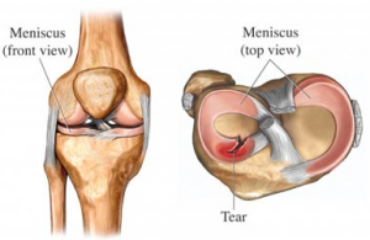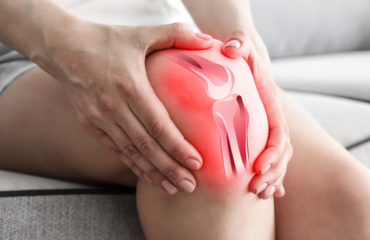Cartilage restoration procedure is used to repair damage cartilage in the knee.
Diagnosis
Before you undergo cartilage restoration, your orthopedic surgeon will diagnose your injury or condition to determine whether knee cartilage restoration is the right treatment for you. The work up may include an MRI to assess the severity of the injury, its exact location and size. This would have a direct impact on the type of surgical procedure that will be performed to correct the problem. You may also need some bloodwork and a general check before your procedure with an orthopedic surgeon. These processes can ensure there are no underlying health concerns that may present any risks or prevent you from having the procedure you need.
Treatment
There are different types of cartilage restoration procedures, depending on the extent of the damage. Here are the 3 different types of procedures.
- OATS Procedure – to transplant healthy cartilage to an area with damaged cartilage using osteoarticular transfer surgery (OATS).
- ACI (Autologous Chondrocyte Implantation) – to take healthy cartilage cells from the knee and culture them to have new cells that can be transplanted where needed.
- Microfracture – to drill into the knee cartilage to produce bleeding so that stem cells and growth factors reach the area and start regenerating damaged tissue.
Your orthopedic surgeon will discuss any risks or potential complications with you prior to the procedure. There is always a possibility for infection, bleeding, nerve injury, anesthesia complication and that the procedure may not work.



